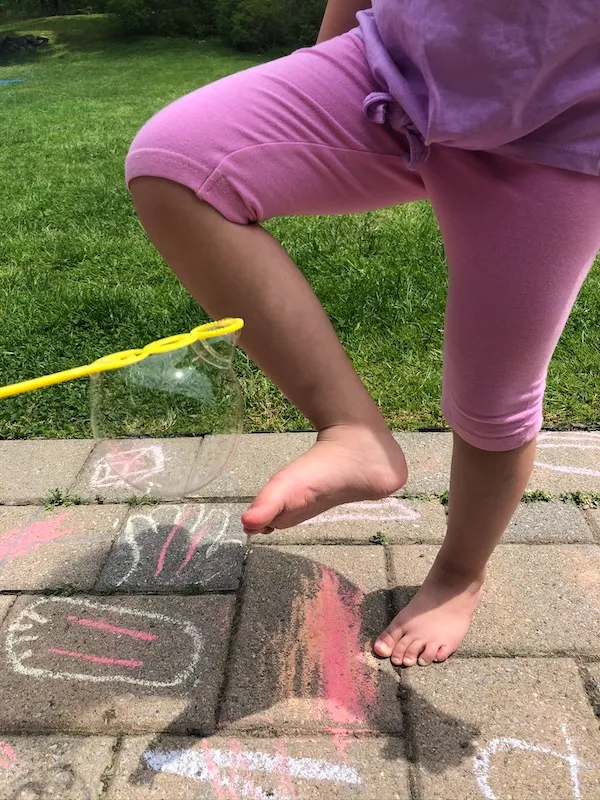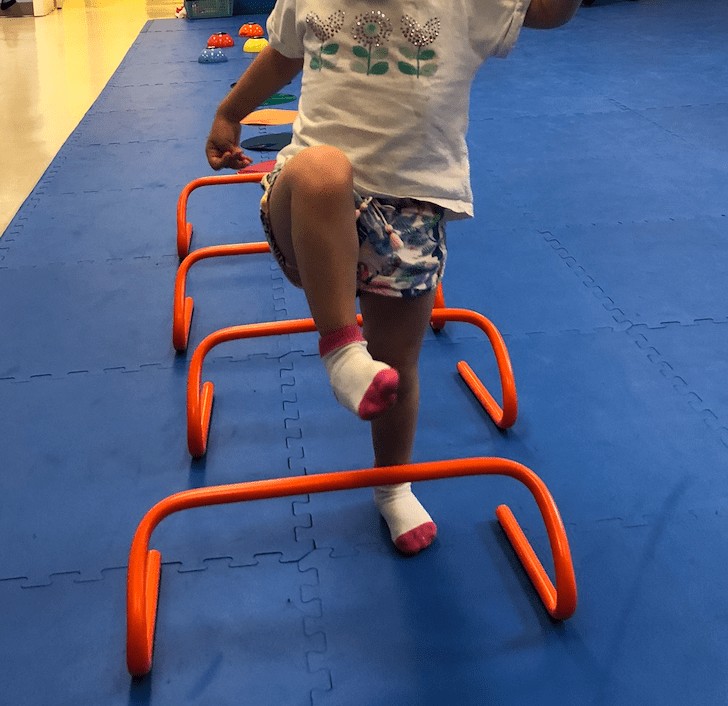Five Tips to Help a Baby Sit Up Independently
Parents often ask me as a pediatric physical therapist what I can do to help their child learn to sit, or what to practice once they can.
Read on to find out the expected age for sitting, and four easy ways to help them master the skill!
When is my child ready to sit?
There is a natural progression of skills as infants learn to move and explore their environment. Your child will be rolling from back to belly, and vice versa, before their core and head control is ready to sit. They will also be tolerating tummy time for 5-10 minutes, propped on their forearms and likely pushing onto their hands. This brings us to about six to eight months, when your child is ready to balance in sitting! Sitting progressions begin with “prop” sitting. They go on to reach milestones such as hands-free sitting, transitioning from the floor to sitting, and side-sitting, a precursor to getting into a crawling position!
What flags am I looking for while my baby is sitting?
When your child begins sitting, they should be in “midline”. You should be able to draw an imaginary line from their nose to their chin and down to their belly button.
If your child seems to be tilting their head or falling to the same side, review our blog on torticollis, and speak to your pediatrician or local physical therapist!
Your child should sit in a “ring” position, with knees falling out to the side and feet near each other in the center. This creates a wide base of support while they learn to balance and play. If your child is locking their knees out straight, pointing their toes, or are uncomfortable in this position, there may be some weakness or muscle asymmetry that a physical therapist can help address!

What about seats and devices that assist with sitting?
Seats like the Sit-Me-Up and Bumbo do not encourage the muscle activation needed for sitting independence. Containers like these limit the child’s ability to move and explore, and present a device that they can rely on instead of trying to sit up themselves. Keep seats and walkers to a minimum; save them for that last-minute bathroom run or oven cooking!
Still curious about seats, walkers, and jumpers? Read more about our view on them as pediatric physical therapists HERE.
My child is ready to start sitting! How can I help?
Your child will first sit in a “prop sit”, with hands on the floor or on their own legs for extra stability. From there, they will learn to reach with one hand at a time, and eventually go hands-free and be able to reach and hold toys!
Here are four ways to help promote sitting while playing with your child:
Reaching: Sit behind your child with your hands on their trunk, at or just below their ribs. Place a desired toy on the ground, 3-5 inches away from their bottom. Guide them as they reach for the toy and return to upright sitting. Too easy? Move the toy farther away or begin to remove your hands!
Trunk Righting: Sit your baby on your lap, facing you or facing outwards. Slowly tilt them backwards or to the sides. Watch as your baby’s reflexes seek to maintain upright! When tilted left, you should see your infant attempt to activate their right side to return to midline, and vice versa! When tilted backwards, they should reach and pull forward (like the baby version of a sit-up!).
Supported Sitting: Place your child against their boppy or nursing pillow for additional stability around their waist. Use toys as motivation to reach and lean in all directions!
Pull-To-Sit: The last tip to prepare your baby’s sitting muscles is addressing their head lag and control. This exercise looks like the baby version of a sit-up. Lay your baby on their back with their feet closest to you. Hold their hands and begin to pull gently as if you are going to pull them up to sit. Your infant should anticipate the sit-up and engage their neck muscles to tuck their chin. Once their neck is engaged, pull your baby all the way up to a sitting position!

The Developmental Steps
Developmental Steps provides physical therapy for children from birth to age eighteen. To encourage active participation in the home, school, and community, we offer comprehensive assessments that are followed by personalized treatments.
Our goal is to make each child feel happy and able to function and interact with others at an appropriate age. Each child is encouraged and challenged by our supportive, playful, and fun environment.
Our clinicians share their therapeutic knowledge with families and caregivers. They provide step-by-step transfer exercises that enable our young patients to grow exponentially at home. We aim to establish strong, collaborative relationships with each child’s medical provider. We provide updates to all providers involved in each child’s care.
About the Author
Tamra Rutfield, PT, DPT has been a Physical Therapist since 2020, when she graduated from Northeastern University. She began working with adults in outpatient orthopedics, but quickly learned she was passionate for helping children develop gross motor skills that will shape their future. As a former gymnast, Tamra understands the importance of developing strength, flexibility, and coordination from an early age.




